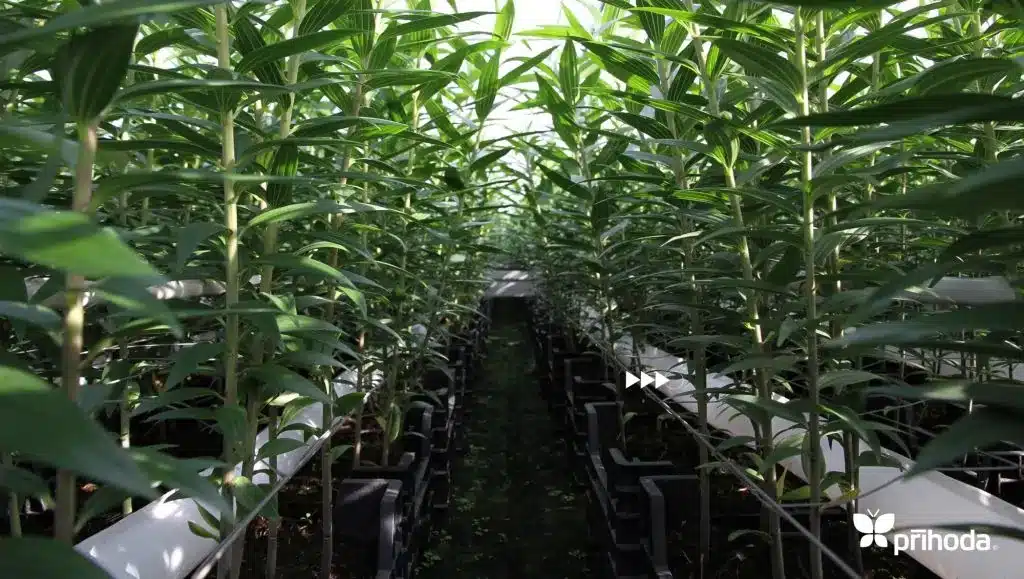The Role of Textile Ducting in Sustainable Building Design


As the environmental cost of traditional construction processes become more apparent, more and more businesses are now looking for new sustainable construction practices to replace older, less environmentally friendly methods. One option within the ventilation space is textile ducting, also known as fabric ducting or air socks. Whilst they are not designed to take the place of every type of ducting in a building, they can be used as an environmentally friendly air diffuser option in the occupied areas of the building. From an ecofriendly perspective, there are many benefits to using fabric diffusers.
Textile ducting with recycled materials
As the name suggests, textile ducting is made of textile (polyester) material with diffusers such as perforations or fabric nozzles. Polyester is a recyclable material – at the end of the ducts’ useable life, they can be recycled into other uses. In fact, the original material can also be made of recycled polyester. The resulting textile retains the exact same properties as our classic material, but with the added benefit of removing plastic bottles from the landfill (13 bottles per 1 m²). It also uses 66% less energy, 50% less water to manufacture (as compared to virgin material) and emits 34% fewer greenhouse gasses. Prihoda’s recycled material facric ducting is made from post-consumer plastic bottles. We can provide the number of plastic bottles saved from landfill with our quotation.
Embodied carbon and carbon footprint
Choosing construction materials with less embodied carbon, such as textile material, is one of several ways to make the construction process more sustainable. 1 m² of our classic polyester material contains 18.6 times less embodied carbon than sheet steel used for ducting. Additionally, there is a much lower carbon footprint from transport costs, as textile ducts are lighter and pack smaller than rigid ducting – no shipping air.
Energy efficient ventilation with textile ductwork
All Prihoda textile ducts are designed bespoke for each application, which means that they are designed to distribute the air exactly where it is needed. Traditional rigid ducting typically relies on diffusers dotted around a room to deliver the air. There can be a fair distance between these diffusers. By contrast, with textile ducting the entire surface area of the duct can be used to diffuse the air, whether it is through microperforations, standard perforations or fabric nozzles of various sizes. The resulting air distribution can be any of an endless array of air patterns. In heating or cooling applications, we can take advantage of the flexibility of fabric ducting by supplying the hot or cold air in the most effective and efficient way, leading to energy and cost savings.
For more information on our textile ducting, please contact us.
Looking for more information?
Our experts are on hand to answer any questions. Why not give us a call or drop us a message, We’ll work with you to find the right solution.
Contact us

